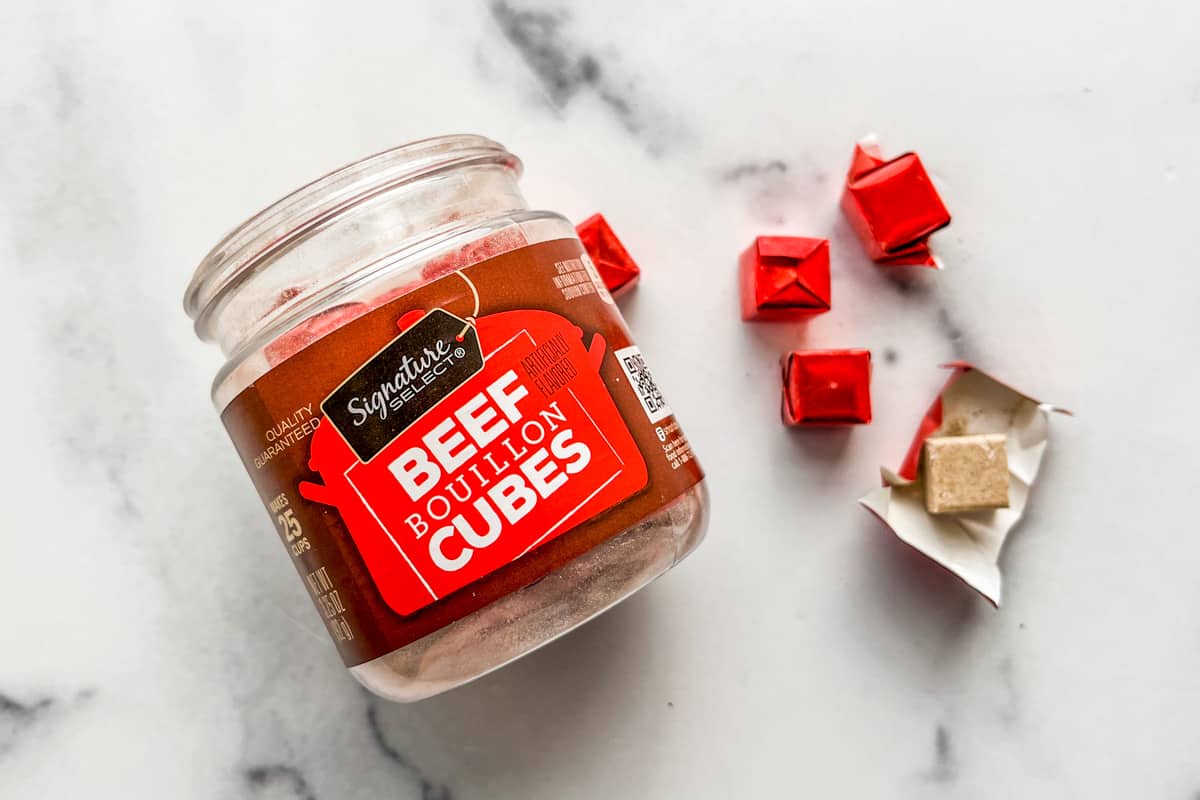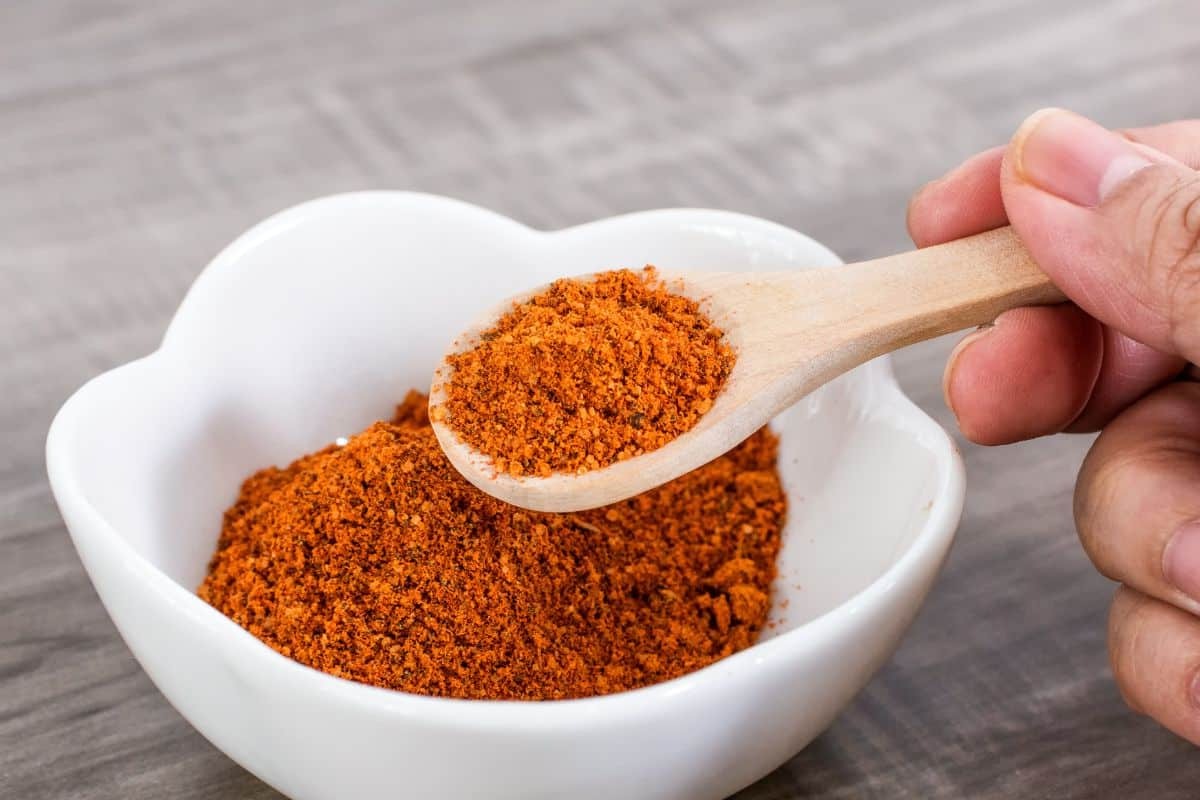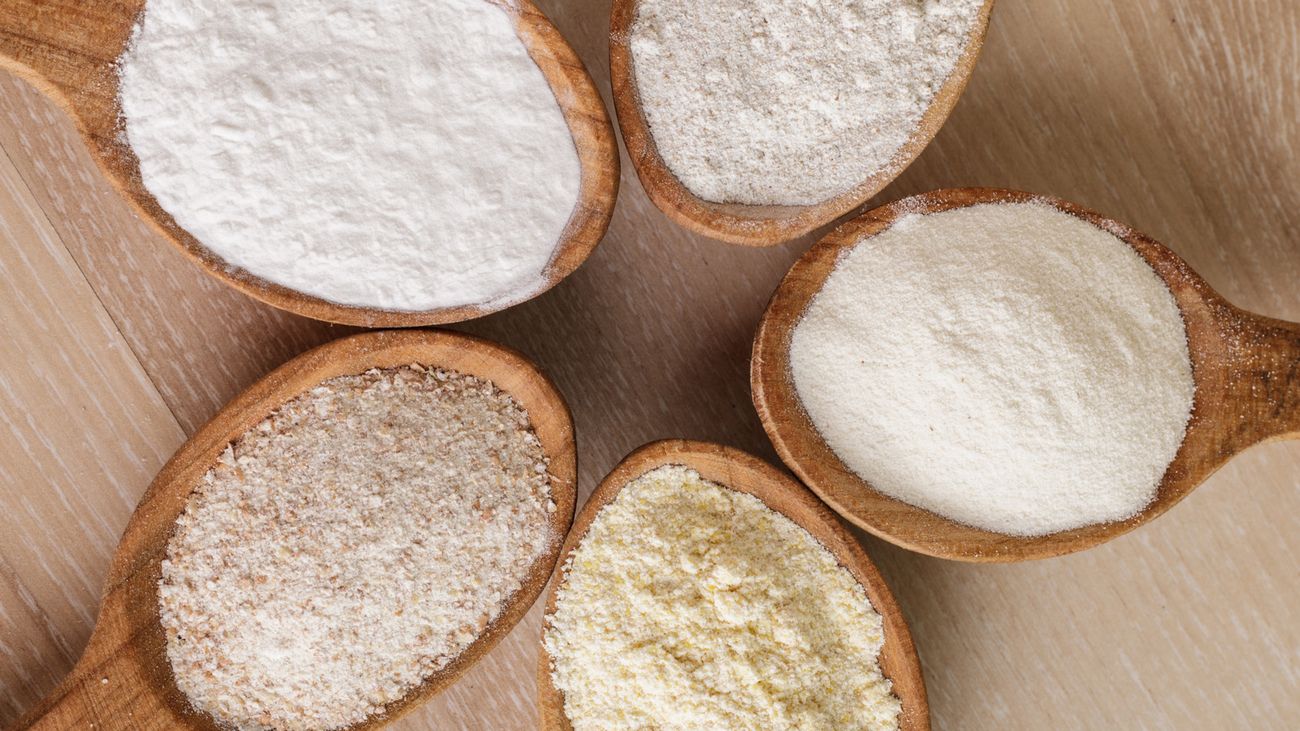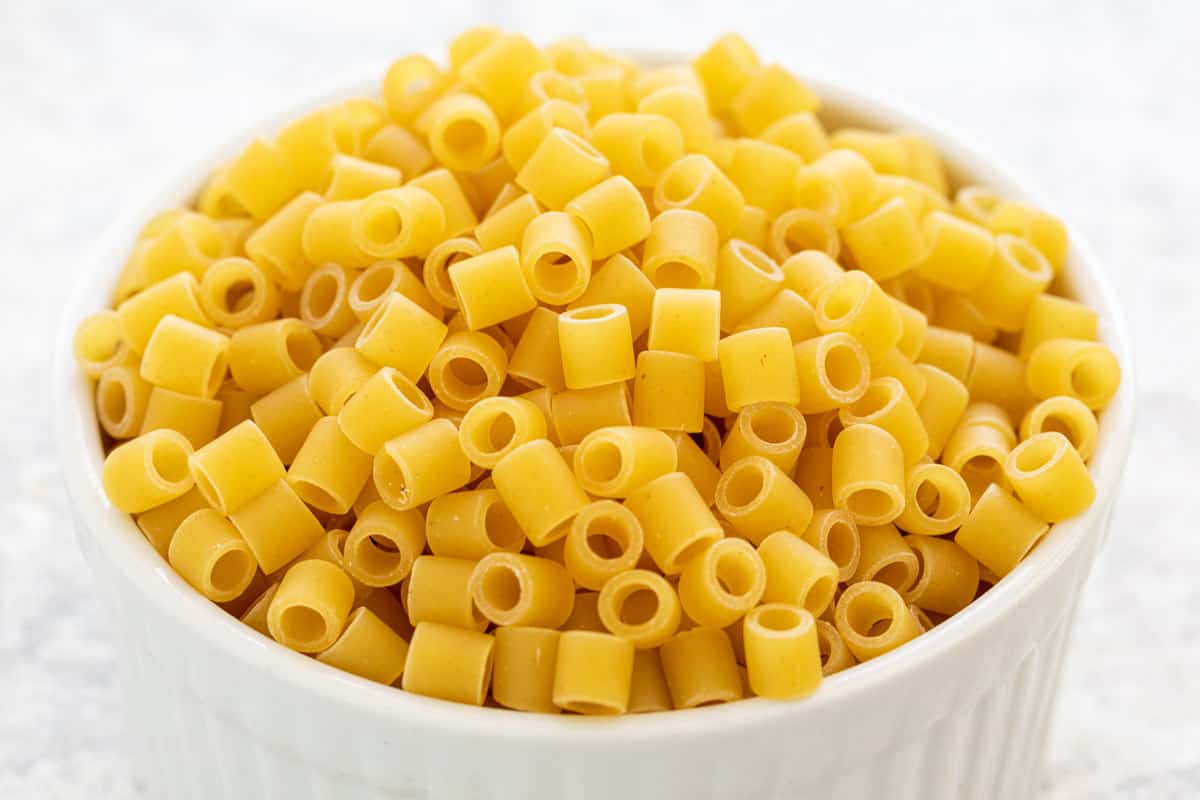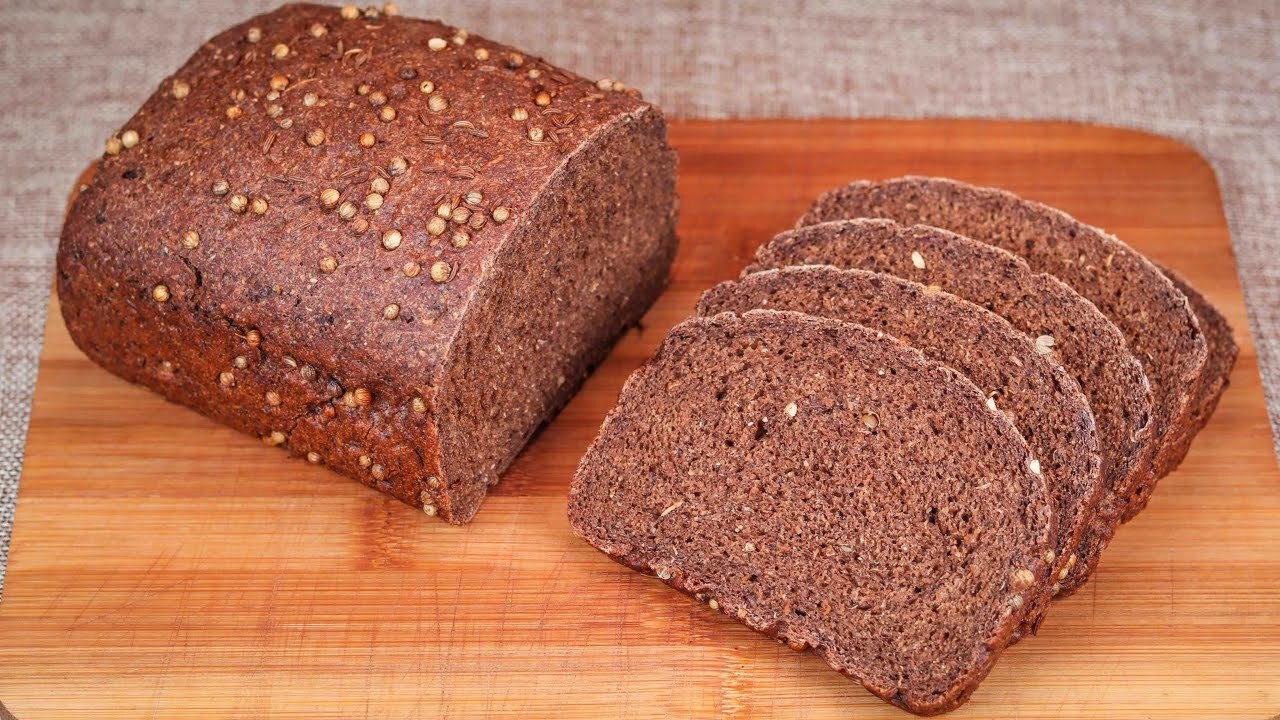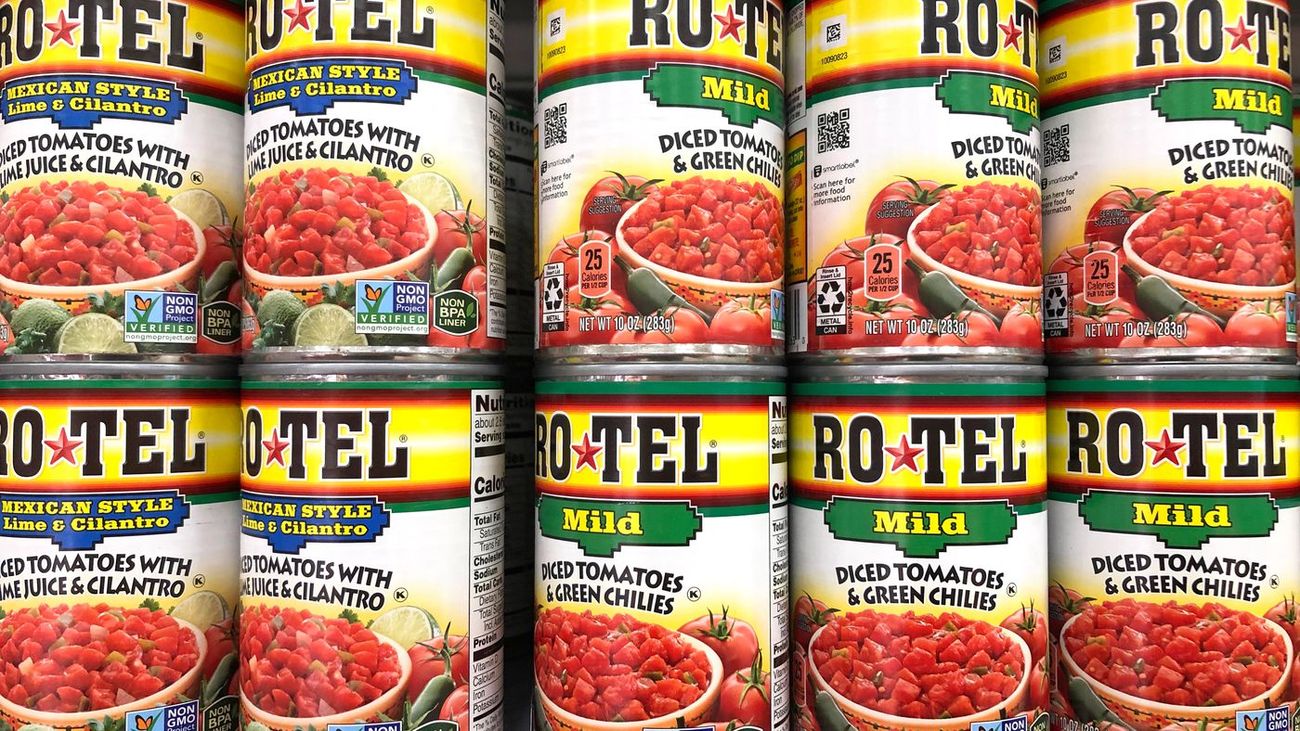Sweet and pungent sauce is a versatile and flavorful condiment that adds a unique taste to a variety of dishes. This delectable sauce is a popular component of many Asian cuisines and is loved for its perfect balance of sweet and tangy flavors. In this article, we will explore the origins of sweet and pungent sauce, its key ingredients, and how it can be used to elevate your culinary creations.
The Origins of Sweet and Pungent Sauce
Sweet and pungent sauce, also known as sweet and sour sauce, has its roots in Chinese cuisine. It is believed to have originated in the Hunan province of China, where the locals developed a taste for combining sweet and tangy flavors in their dishes. Over time, this delectable sauce spread to other parts of Asia and eventually gained popularity in Western countries as well.
Key Ingredients
Sweet and pungent sauce typically contains a harmonious blend of sweet and pungent elements, creating a complex and delightful flavor profile. While recipes may vary, the key ingredients often include:
- Sugar: Provides the sweetness that balances the tangy and savory components of the sauce.
- Vinegar: Adds a tangy and acidic kick, contributing to the pungent aspect of the sauce.
- Soy Sauce: Enhances the umami flavor and adds depth to the sauce.
- Ketchup or Tomato Paste: Contributes to the rich red color and adds a hint of tomato sweetness.
- Pineapple Juice or Orange Juice: Offers natural sweetness and a fruity undertone to the sauce.
- Cornstarch: Acts as a thickening agent, giving the sauce its characteristic glossy texture.
Culinary Uses
Sweet and pungent sauce is incredibly versatile and can be used in a myriad of ways to enhance the flavor of various dishes. Here are some popular culinary uses for this delectable sauce:
- Dipping Sauce: It is commonly served as a dipping sauce for appetizers such as spring rolls, chicken nuggets, or tempura.
- Stir-Fry: It can be used as a glaze or stir-fry sauce for meats, tofu, or vegetables, adding a delightful sweet and tangy coating to the dish.
- Marinade: When used as a marinade, it imparts a delicious flavor to proteins like chicken, pork, or shrimp before grilling or baking.
- Dressing: It can be drizzled over salads or used as a dressing for coleslaw, adding a burst of flavor to the greens.
Making Your Own Sweet and Pungent Sauce
While store-bought sweet and pungent sauce is readily available, making your own homemade version can be a rewarding culinary endeavor. By adjusting the ingredients to suit your taste preferences, you can create a personalized sauce that perfectly complements your dishes.
To make your own sweet and pungent sauce, you can combine the following ingredients in a saucepan over medium heat:
- 1 cup of pineapple juice
- 1/2 cup of rice vinegar
- 1/2 cup of brown sugar
- 1/4 cup of ketchup
- 2 tablespoons of soy sauce
- 1 tablespoon of cornstarch dissolved in 2 tablespoons of water
Bring the mixture to a simmer, stirring constantly until it thickens to the desired consistency. Allow the sauce to cool before using it in your culinary creations.
In Conclusion
Sweet and pungent sauce is a delightful addition to any culinary repertoire, offering a perfect balance of sweet and tangy flavors. Whether used as a dipping sauce, stir-fry glaze, marinade, or dressing, this versatile condiment has the power to elevate the taste of a wide range of dishes. By understanding its origins, key ingredients, and culinary uses, you can embrace the magic of sweet and pungent sauce in your own kitchen. So, why not try incorporating this delectable sauce into your next cooking adventure?
Was this page helpful?
Read Next: What Is Vesuvio Sauce?
